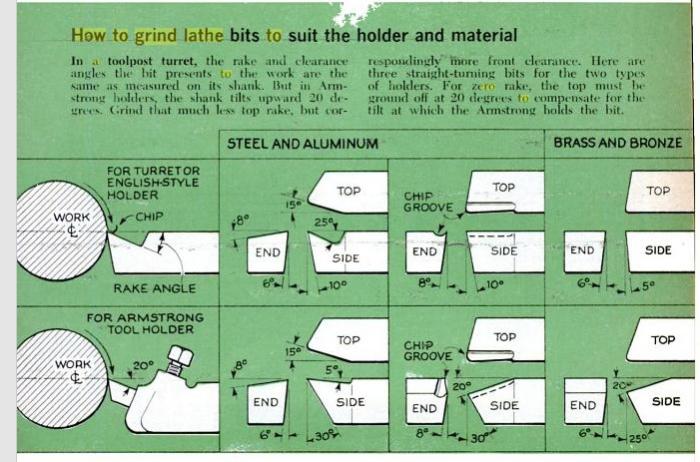JCSteam
Well-Known Member
- Joined
- Nov 30, 2016
- Messages
- 472
- Reaction score
- 130
While we're on the subject of HSS how do you go about cutting it to size, i imagine it's a lot harder than Steel to cut, so would blunt a hack saw.
I've seen 3/8" x 4" blanks from chronic, for my size of toolpost these would be idea, if I halfed them to mount in the 4way toolpost, and is get 10 tools which costing it up seems to be the cheaper option.
Only way I can think is to grind a triangle in the middle using the corner of the grinder. Thus splitting it into two, but that then means that I'll loose a lot of material.
I've seen 3/8" x 4" blanks from chronic, for my size of toolpost these would be idea, if I halfed them to mount in the 4way toolpost, and is get 10 tools which costing it up seems to be the cheaper option.
Only way I can think is to grind a triangle in the middle using the corner of the grinder. Thus splitting it into two, but that then means that I'll loose a lot of material.





